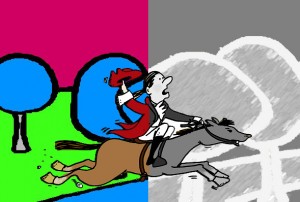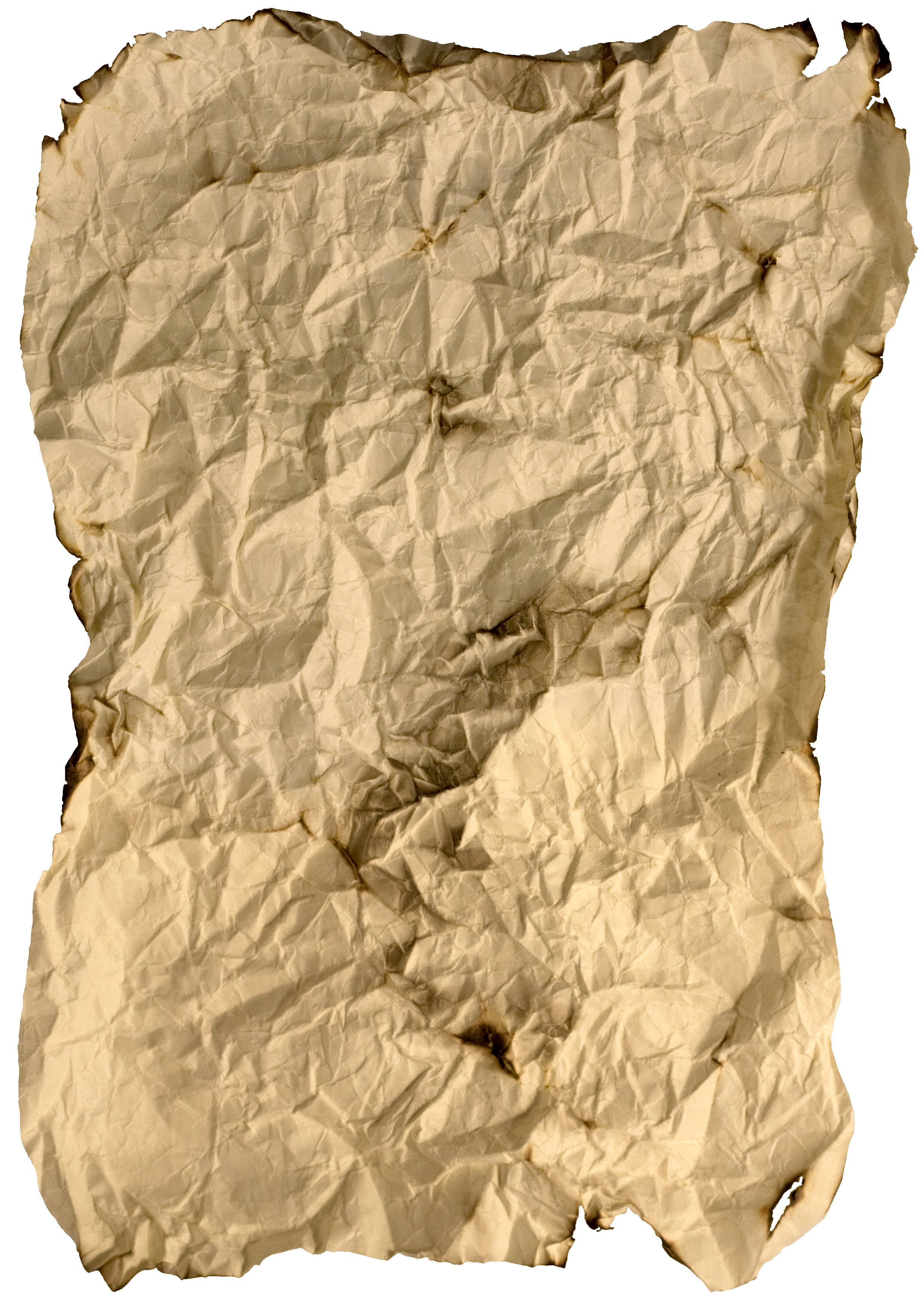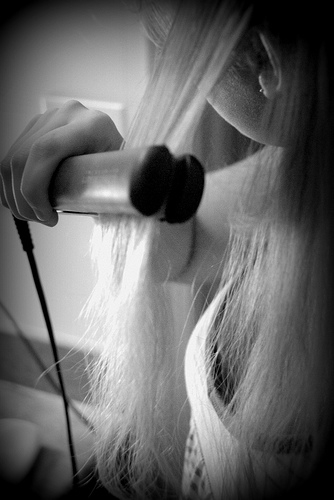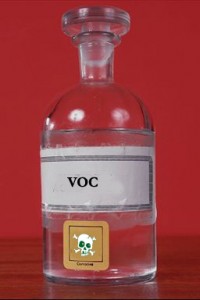9 Helpful Tips for Creating a Successful Brochure
I certainly can’t promise that the following tips will keep your brochure out of the trash. No one can! But all your efforts in creating a successful marketing tool are less likely to go to waste if you keep your target audience in mind.
Who are they and what do they want? What’s the problem they are facing and how will you come to the rescue?
1. Know What Your Audience Wants
Consider your reader’s point of view and present your information in a logical order – what questions will they ask and in what order will they ask them.
Deliver your product or service information in a succinct way, using short sentences and bullet points when possible. Keep your language accessible. Don’t use technical jargon, unless your audience will understand.
2. Engage Your Audience
The cover of your Brochure should engage. This doesn’t mean be flashy. Include an image or graphics for visual appeal – one that will provide product or service recognition.
Your Brochure should be able to stand out among your competitors, so be certain your cover lets the reader know what you are selling.
If your Brochure is strictly marketing a time limited promotion, tempt your reader with a blurb on the cover. But if you plan to use these Brochures throughout the year, avoid using dates.
3. Describe Your Product
What are you selling and why they should care, should be at the forefront of your content.
How will you solve their perceived problem?
If you are selling Products, list what is important about the features and benefits. If you are selling a service, list the goals or promised return on investment.
Design your content to speak to their needs. Don’t include details that have no value for the reader.
4. Create Long Term Incentive
Provide helpful information in your brochure – this will encourage the reader to keep it, refer to it often and share with their friends and colleagues.
Offer a discount for new customers and referrals.
5. The Design
The only limitation is your imagination, and, of course, your budget. Designing complicated Brochures can get quite costly. You can certainly create something cut in the shape of bottle, but be prepared to spend a chunk.
If you are watching your budget, stick to the standard sizes and folds, of which there are many. Consider consulting a graphic designer – there are many considerations to producing a quality Brochure. Alternatively, seek a design student.
6. Connect with your Reader
Write your content as though you were speaking to a specific individual. Define who this person is and what problem are you solving for them. This exercise will assist in create a warm tone that feels personal for your reader.
7. Help Your Reader Visualize
If your product enhances health or comfort, use language that draws your reader into that space.
If your product is technology, use language that helps them envision their life better, simpler, more successful, and comfortable by enlisting your product and or service.
8. Where to Find You
Don’t forget, let your reader know where you are located even if you are not a brick and mortar storefront – even if you simply list City and State.
Also include your web address, email, phone and hours of operation.
9. Instill Confidence
Include Certifications, mention high profile clients or affiliations as well as client testimonials.
When you print with a Certified Green Printer, like Bacchus Press and PrintinGreen.com, ask for the FSC Certification or Green logo to be added to your Brochure. Let your readers know you care about preserving the health of the planet!







 How does one begin to wrap their head around the topic of Carbon Emissions in a context that is applicable to your everyday life? There are certainly numerous outlets for data and discussions regarding the impact of our modern lives, but the delivery of information can be a tad dry and often too heavy in data to absorb.
How does one begin to wrap their head around the topic of Carbon Emissions in a context that is applicable to your everyday life? There are certainly numerous outlets for data and discussions regarding the impact of our modern lives, but the delivery of information can be a tad dry and often too heavy in data to absorb.


